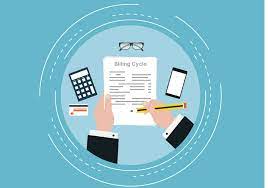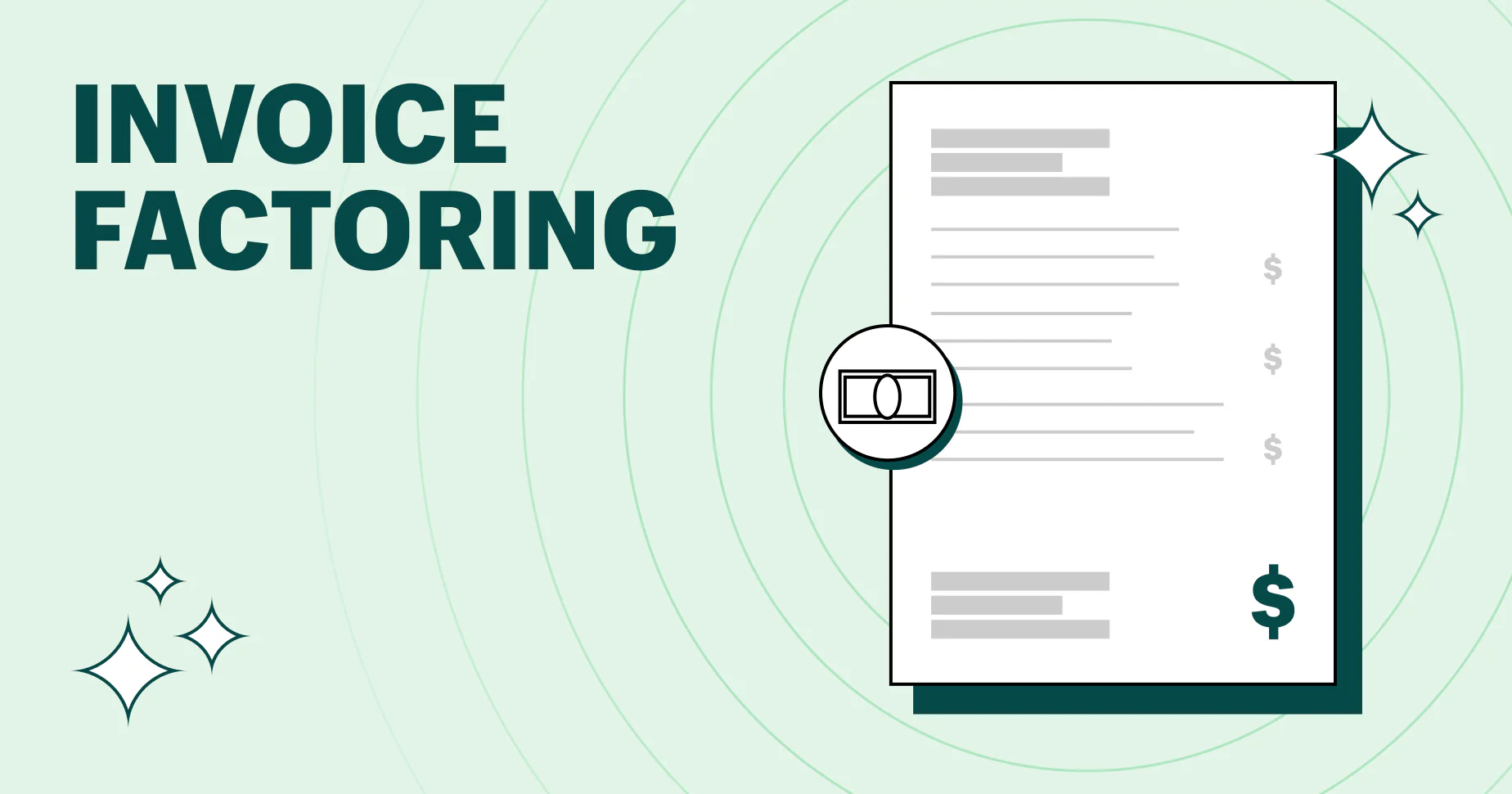Being able to see ahead in your finances is a huge advantage—knowing when cash will come in, when expenses hit, and whether you’ll have enough to keep things running. For small business owners in South Africa, mastering cash flow projection is a critical skill. With ProInvoice, you get more than stylish invoices—you get a tool that helps you plan payments, manage inflows and outflows, and avoid nasty surprises.
Here’s how to create a cash flow projection that works, step by step, and how ProInvoice can support you along the way.
Stay organized as you grow. Use ProInvoice to manage billing and client relationships with ease.
What Is a Cash Flow Projection?
A cash flow projection is a forecast estimating the cash coming into your business (inflows) and the cash going out (outflows) over a set period. The goal is to see whether, at any point, your business might run short of cash, so you can plan appropriately—adjusting costs, shifting sales, or preparing reserves.
With ProInvoice, every invoice you send contributes to your inflows estimate. Having clean, professional invoicing and tracking in ProInvoice ensures your projections are based on realistic data.
Why It’s Important
- Avoid cash shortfalls: If you know ahead where cash might dip, you can arrange things ahead of time—delay expenses, ask clients to pay early, or shift spending.
- Make informed investment decisions: Want to hire someone, buy equipment, or expand? A strong projection shows whether the timing is right.
- Negotiate from strength: With projections in hand, you can work with suppliers or lenders with evidence that you understand your finances.
- Monitor business health: Seeing where your forecast differs from what actually happens lets you adjust strategies and improve over time.
How to Create a Cash Flow Projection: Step by Step
Here are the steps, adapted for a small business in South Africa, with ways ProInvoice helps you at each stage.
1. Choose Your Time Frame
Decide how far ahead you want to project. For many small businesses, a monthly projection for the next 6 to 12 months works well. More frequent (weekly) projections help if cash flow is tight.
ProInvoice lets you see past invoices and payment timing, which helps you judge how quickly clients pay and use that to set realistic time frames.
2. Enter Your Opening Cash Balance
This is the amount of cash you currently have available—bank account balances, cash on hand—before new inflows and outflows for the projection period. It forms your base line.
Using ProInvoice, you can see how much cash you’ve collected already (minus outstanding invoices), which helps you set a realistic opening balance.
3. Estimate All Cash Inflows
Gather estimates for:
- Expected sales revenue
- Receipts from outstanding invoices (based on how clients usually pay)
- Other income (e.g. small investments, refunds)
With ProInvoice, you can track which invoices are due, which have been paid, and how long clients take to pay—so your estimates are grounded in real behaviour, not guesses.
4. Estimate All Cash Outflows
List everything you’ll need to pay in the same time period:
- Operating expenses: rent, utilities, salaries, internet, supplies
- Production / cost of goods sold if applicable
- Supplier payments and materials
- Capital spending: equipment, tools, major repairs
- Debt payments, interest, or loan repayments
Again, ProInvoice helps by giving you historical data and records of invoices sent and paid, so your outflows can be planned more accurately.
5. Include a Buffer for Unexpected Costs
It’s common to hit surprises—equipment failure, delayed payments, emergency expenses. Build in a contingency (for example 5-10% of your estimate) so you’re not thrown off when something comes up.
6. Calculate Net Cash Flow
Subtract your total projected outflows from total projected inflows for each period. What remains is your net cash flow. Positive = good, negative = warning that you’ll need to take action (cut costs, ask for payments earlier, etc.).
7. Determine the Closing Balance
Add the net cash flow to your opening balance for each period to get the closing balance. That closing balance becomes the opening balance for the next period. This rolling process helps you see periods where cash may dip low.
8. Review, Compare, and Adjust Regularly
A projection is a plan, not a guarantee. Once real numbers come in:
- Compare actual inflows and outflows vs what you projected
- Find where you’re off (for example, clients paying slower than expected, or unexpected expenses)
- Adjust your estimates for future periods
ProInvoice gives you records of what was invoiced vs what was paid, helping you spot gaps and refine future projections.
How ProInvoice Supports Effective Cash Flow Projections
Here’s how ProInvoice makes building and using a cash flow projection easier and more reliable:
- Enables fast invoice creation and tracking so your inflows estimate is updated and accurate.
- Helps you monitor outstanding invoices (accounts receivable) so you know when cash is likely to arrive.
- Lets you see historical payment timings, helping you estimate future receipts more realistically.
- Makes it simple to record your expenses and payments, contributing to the outflows side.
- Gives you visibility of cash balances and invoicing patterns, which strengthens your opening and closing balance assumptions.
Tips for Safer, More Reliable Projections
- Be conservative rather than overly optimistic—better to understate income and overstate costs so surprises are positive.
- Factor in seasonal changes—many businesses in South Africa have busy months and slower periods.
- Update your projection monthly. As new invoices are paid, new expenses incurred, revise your forecasts.
- Be transparent with suppliers and clients—if you anticipate cash constraints, communicating helps manage relationships.
- Use your projection to guide actions—e.g. delaying non-essential spending, negotiating terms, chasing overdue invoices.
Summary Table: Cash Flow Projection Checklist
| Step | Why It Matters |
|---|---|
| Set realistic time frame | Keeps forecast manageable and more accurate |
| Start with correct balance | Base assumptions are grounded in real cash position |
| Estimate inflows carefully | Realistic expectations reduce surprise and shortfalls |
| Estimate outflows fully | Helps you anticipate expenses and avoid cash shortfalls |
| Include contingency buffer | Protects against unexpected costs |
| Compute net flow & balances | Shows if business will have enough cash to operate |
| Review & adjust monthly | Keeps the projection relevant and useful |
Final Thoughts
Creating a cash flow projection is one of the most powerful tools any South African small business can have. It’s not just about numbers—it’s about insight, planning, and confidence. When you pair reliable projections with a tool like ProInvoice, your finances become transparent, predictable, and manageable.
If you’re ready to build your projection and stay ahead of cash flow risks, sign up with ProInvoice today and take the first step toward financial clarity.













